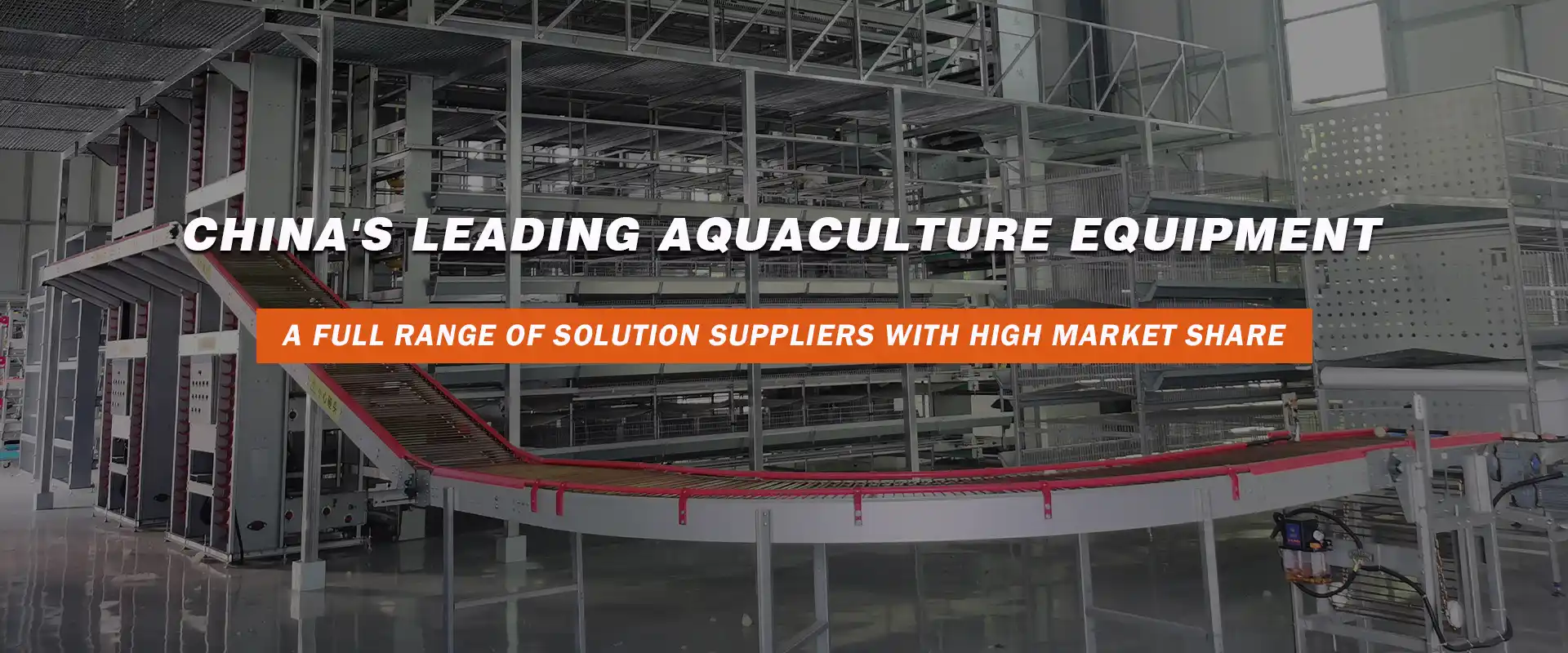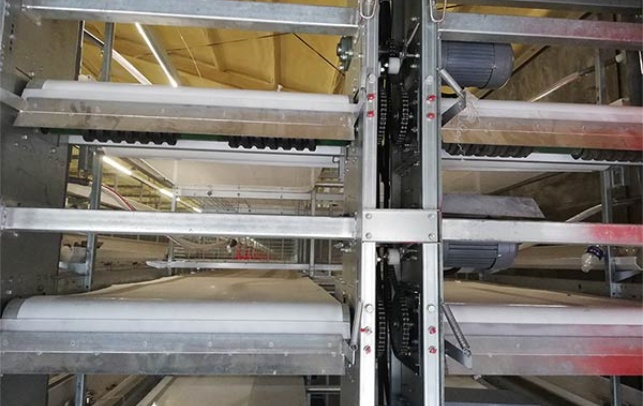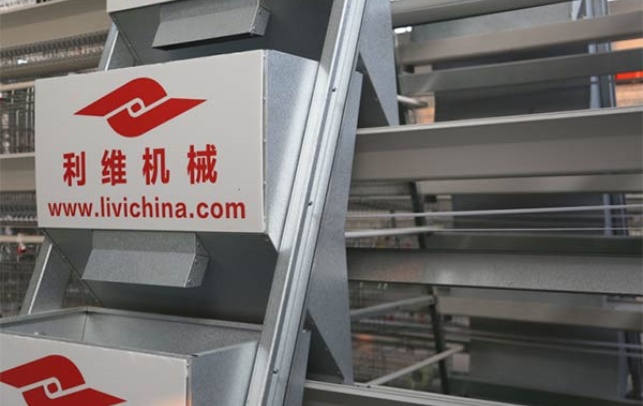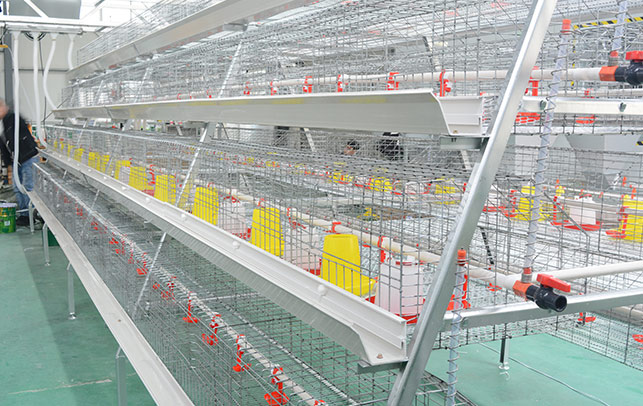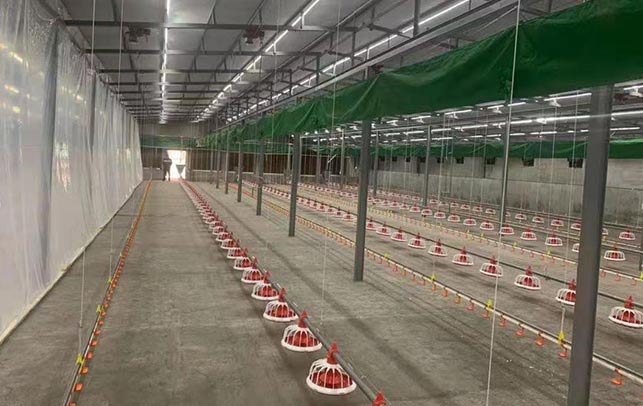8 advantages of raising chickens in battery cages
Time : 2024-04-28
Nowadays, more and more farms are choosing to buy battery cages to raise chickens. According to incomplete statistics of customer data, from 2018 to 2019 alone, 4,379 foreign buyers imported chicken cages and other related products from China. It also shows that the farmer’s demand for cage farming is gradually increasing, and cage farming has become a major trend in poultry breeding.
When chicks grow up, you may need to transfer them to a cage. Cage raising is better for a commercial farm because it saves space and feed. Moreover, the chickens are separated from the manure, so cage raising reduces the spread of disease and the risk of infection.
Please choose your suitable products between our A type battery cage and H type battery cage
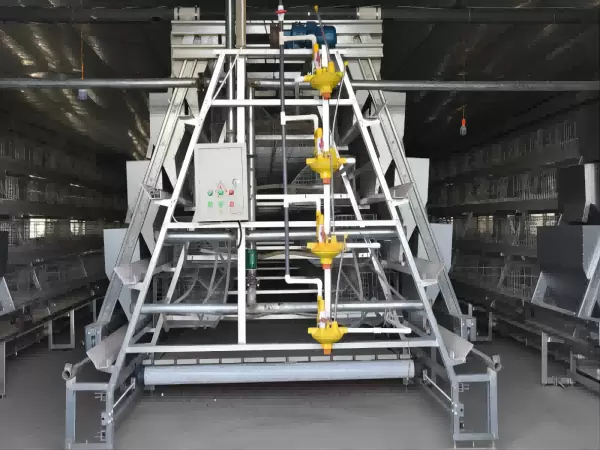
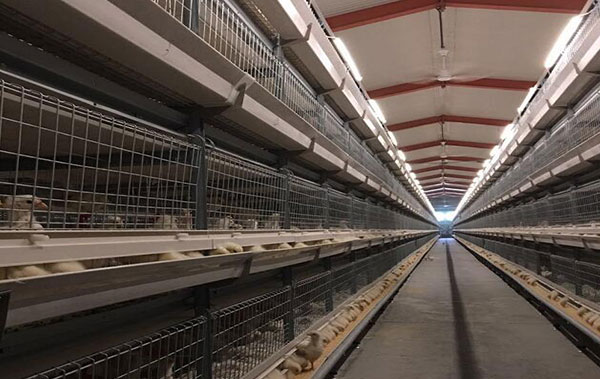
The benefits of cage keeping are roughly divided into the following points:
1.High stocking density
Make full use of chicken houses and various technical equipment to increase the breeding density of chicken flocks. Generally, only 5-6 chickens can be raised per square meter of ground, and up to 20 chickens can be raised in vertically overlapping three-layer cages. This significantly saves the land and cost required to build a chicken coop.
The laying hen cage system mainly consists of cages, feeding, drinking water, lighting, waste treatment, automatic egg collection, and environmental control systems. Commercial chickens or commercial eggs can be produced using mechanized cage equipment. The cycle from incubation to brooding to the final cycle proceeds in a rhythmic manner.
Only 4.3 broiler breeder chickens can be raised per square meter. The density of three-dimensional cages is more than three times higher than that of ordinary cages, and more than 17 laying hens can be raised per square meter.
2.Save labor
The chickens were kept in cages, unable to move, without water, feed troughs or egg-laying boxes. The eggs can automatically roll out of the cage for easy egg picking. Therefore, time is saved on manure removal and other management. Generally, the elderly and women can raise them easily, and the labor efficiency is high.
Everything has been arranged.
Poultry farmers simply pour food and water into a designated area, clean up any fallen manure, and pack the eggs. This reduces pressure on farmers and the need to employ large numbers of workers in poultry farms will also be minimized. In the long run, poultry farming will bring greater returns to poultry workers.
3.Reduce feed waste
There is less feed waste and low consumption. Normally, feeding is done flat and the feed trough is placed on the floor of the house. Feed is also easily thrown away as waste. The chickens in the cage are raised outdoors, and the chickens stick their heads out of the grid to eat, eliminating the waste of feed. At the same time, raising chickens in cages limits the activities of the chickens, so the heat energy consumption is minimal and the chickens are kept quiet.
When raising animals in free range, the feed is spread directly on the ground, which is unhygienic. Moreover, a lot of feed goes uneaten, resulting in a lot of waste. The cage uses the trough to hold feed, which can be used rationally to allow for food intake and reduce waste. In addition, the chicken cage uses a deep trough to prevent chickens from spraying feed in the pecking chamber. This improves feed utilization and saves farmers money.
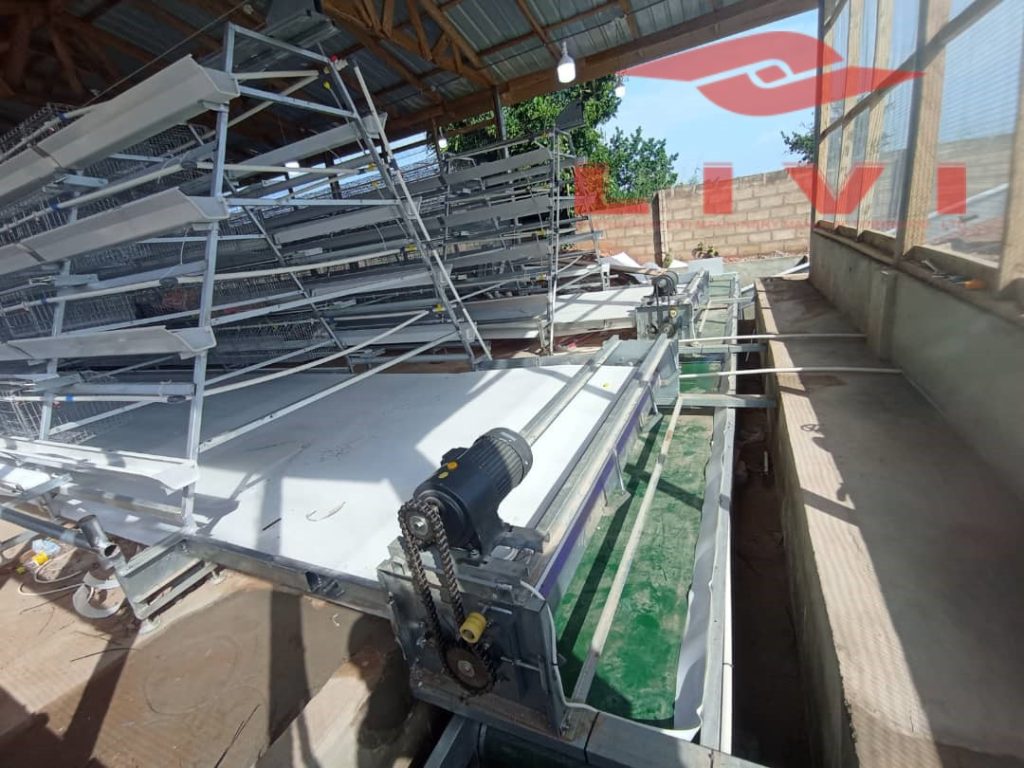
4.Low incidence rate
Conducive to epidemic prevention and disease reduction. Keeping chickens in cages without contact between humans and chickens or chickens and feces can prevent or reduce the chance of disease infection, control the occurrence and prevalence of parasitic diseases and infectious diseases, increase the survival rate of chickens, and greatly reduce drug costs.
Currently, the most commonly used laying hen cages are fully stepped cages. The upper and lower cages do not overlap vertically, and feces on each layer easily fall into the lowest fecal ditch. A scraper-type manure cleaner is used on the floor installed in the manure ditch to clean the manure.
Wet chicken manure can produce high concentrations of ammonia, which can damage the hens’ respiratory systems and eyes. Regularly cleaning chicken manure is beneficial to the growth and egg production of chickens.
There are two ways to clean chicken manure: use a manure scraper (easy to install and cost-effective) or a manure conveyor (more effective, durable, and expensive).
After cleaning the chicken manure, do not throw it away directly. Dried manure can be sold directly. The fertilized manure can be used on plants or provide a source of biogas.
However, if you dry chicken manure naturally, this takes quite a long time and can result in unpleasant odors inside the coop. Well, now you can use a chicken manure dehydrator to get dry manure instantly.
This chicken manure dryer can process about 17 cubic meters of fresh manure per household and produce about 2 cubic meters of dry manure per hour.
You only need to build a manure pit to store fresh manure and separate the liquid manure. The pump then sucks and delivers the fresh feces into the dehydrator.
With these two machines, you can turn your farm into a clean and green ecosystem.
5.Easy to control temperature and humidity
The temperature and humidity of the chicken house are easy to control, ventilation is convenient, and the environmental conditions around the chicken body are standardized.
Feed the chickens in the cage. Chicken is dense and therefore produces a high amount of heat. As long as the insulation structure of the chicken house is reliable, the body heat emitted by the chickens can be kept warm. No additional heating equipment is required. When the outdoor temperature is -30 degrees Celsius, the heat of the chickens alone can keep the temperature in the chicken house at about minus 10 degrees Celsius.
Most chicken houses are closed or semi-closed, and automatic adjustment equipment is used to control the microclimate and lighting in the chicken house. The chicken house can produce balanced production throughout the year and achieve a high degree of mechanization and automation.
6.Scientific feeding
Feeding, water supply, and egg picking are all done outside the cage. This not only keeps the feed, water, and eggs clean, but also prevents the chickens from being disturbed and maintains a quiet environment so that the chickens can lay eggs. The eggs proceed in a stable and balanced manner.
Automatic feeding, drinking water, manure cleaning, wet curtain cooling, centralized management, automatic control, saving energy consumption, reducing artificial breeding costs, and greatly saving farmers’ breeding efficiency.
In this mechanized breeding mode, breeders can automatically complete feeding, egg collection, defecation, ventilation, indoor temperature and humidity control, light intensity and time, spraying disinfectants, and adding soluble drugs to drinking water. Except for manual picking up of sick chickens, dead chickens, insemination of breeder chickens, daily quarantine, and vaccination and epidemic prevention, all processes can be completed automatically by machines.
In the past two years, broiler chicken breeding equipment has even appeared in conveyor equipment that can batch slaughter the entire chicken house. This is a major breakthrough in the short breeding cycle in the field of broiler chicken breeding technology.
7.Reduce the breakage rate of eggs
The eggs laid by the chickens roll directly out of the cage and do not come into contact with feces. Not only is the egg breaking rate greatly reduced, but it also keeps it clean.
Put the chicken in a cage. Because they are not in direct contact with the outside world, attention should be paid to supplementing green feed, or adding vitamins and mineral additives to the feed.
8.Safe to use
The welding density of the bottom net and top net of the cage can be adjusted to prevent chickens from hanging in the cage. The steel wire around the screen can be thickened to increase the pressure-bearing capacity of the cage.
For example, you plan to raise 10,000 layers of chickens
If you have more than 10,000 laying hens, you may want to invest in fully automated equipment, including battery cages, automatic chicken feeders, automatic egg collectors, and manure scrapers (automatic manure removal systems).
Levi can design a chicken coop for you based on the number of chickens and provide detailed design drawings. We can also include designs for floor space and coop layout. Taking 10,000 laying hens as an example, countries in Africa and other countries can choose Livi A type 4-layer-5 group laying hen cages, which requires about 64 sets of cages. Below is a simple design diagram. This diagram shows the length, width, and height of the chicken coop. Customers who have not built a chicken coop can build a chicken coop according to the dimensions provided in the design drawings.





